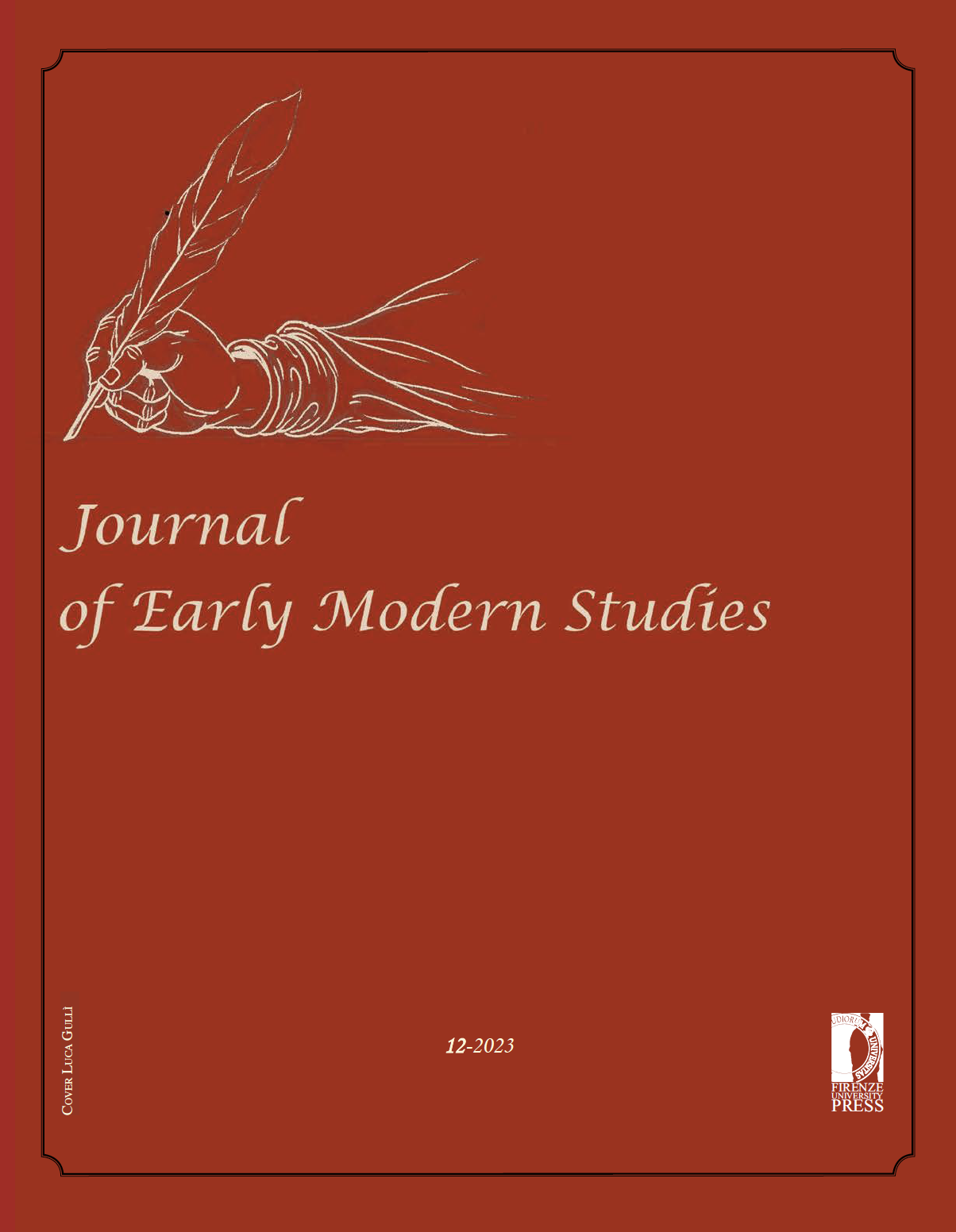The Discursos de la Vida in Inquisitorial Documentation: Autobiography between Orality and Memory
Published 2024-07-31
Keywords
- Early Modern Autobiographies,
- Egodocuments,
- Life Narratives,
- Life Stories,
- Spanish Inquisition
How to Cite
Copyright (c) 2024 José Luis Loriente Torres

This work is licensed under a Creative Commons Attribution 4.0 International License.
Abstract
In 1561 the General Inquisitor Fernando Valdés established a set of new instructions that systematically required defendants to depose their so-called discurso de la vida during their initial interrogation. Under the expression discurso de la vida, which was not exclusive to an Inquisitorial context, they were compelled to give an account of their own lives. This involved narrating a life story orally, which was then transcribed by scribes. While the defendants were rooted in a predominantly ‘oral culture’, clearly observable in their depositions, the scribes worked within a ‘written culture’ typical of their position in a social, legal and cultural system imposed from the top down. Thus, one confronts a singular source that has ‘fossilized’ thousands of interactions between both cultural models. The discurso de la vida was the most open-ended part of the interrogation, offering the accused the possibility of deploying a series of strategies based on their juridical and doctrinal knowledge, rhetorical skills of persuasion and ‘selective memory’. These demonstrate quite an unexpected degree of agency in such a coercive situation. According to symbolic interactionism, the best way to deal with this ‘collaborative life writing’ is to try to identify the role played by each participant in its composition. How did this interaction take place? To what extent is it possible to recover the ‘voices’ of narrators? How did the scribes or the inquisitors – both coercers and editors of these texts – bias these stories? What strategies did the protagonists deploy in their ‘performances’? These are some of the questions addressed in the article.

